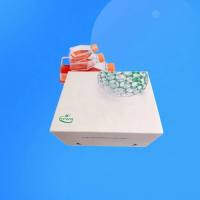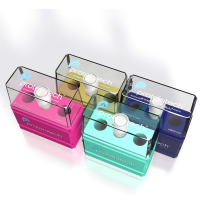Flow Cytometric Analysis of Drosophila Cells
互联网
489
Flow cytometry is a powerful technique that allows the researcher to measure fluorescence emissions on a per-cell basis, at multiple wavelengths, in populations of thousands of cells. In this chapter, we outline the use of flow cytometry for the analysis of cells from Drosophila’s imaginal discs, which are developing epithelial organs that give rise to, but not exclusively, the wings, eyes, and legs of the adult. A variety of classical and transgenic genetic methods can be used to mark cells (e.g., mutant, or overexpressing a gene, or in a particular compartment) in these organs with green fluorescent protein (GFP), which is readily detected by flow cytometry. After dissecting an organ out of the animal and dissociating it into single cells, a flow cytometer can be used to assay the size, DNA content, and other parameters in GFP-marked experimental cells as well as GFP-negative control cells from the same sample. Specific marked cell populations can also be physically sorted, and then used in diverse biochemical assays. This chapter includes protocols for isolation and dissociation of larval imaginal discs and pupal appendages for flow cytometry, and as well as for flow cytometric acquisition and analysis. In addition, we present protocols for performing flow cytometry on fixed or live-cultured Drosophila S2 cells.








